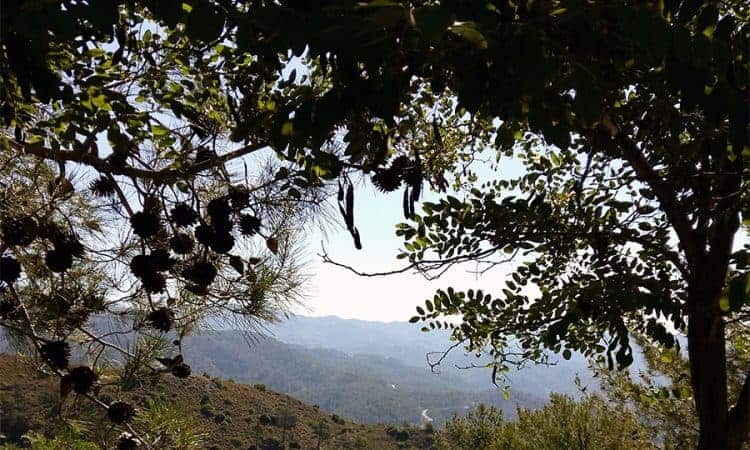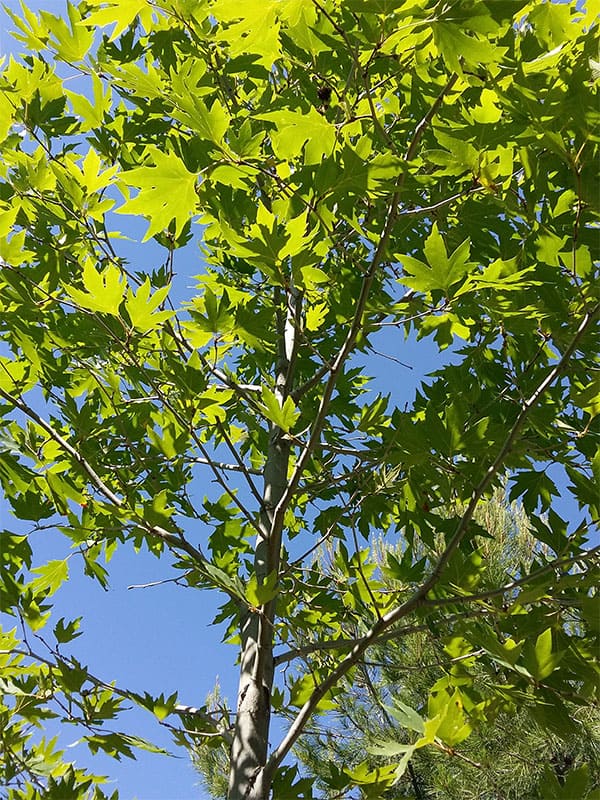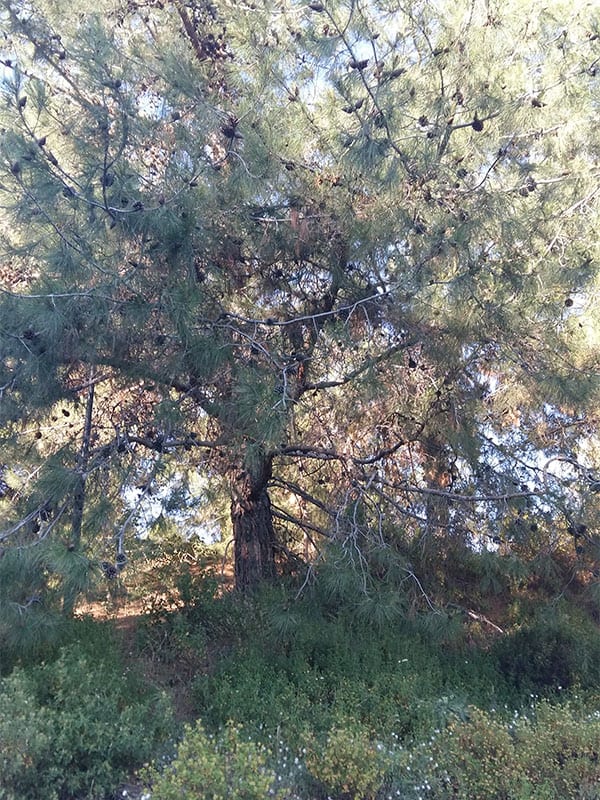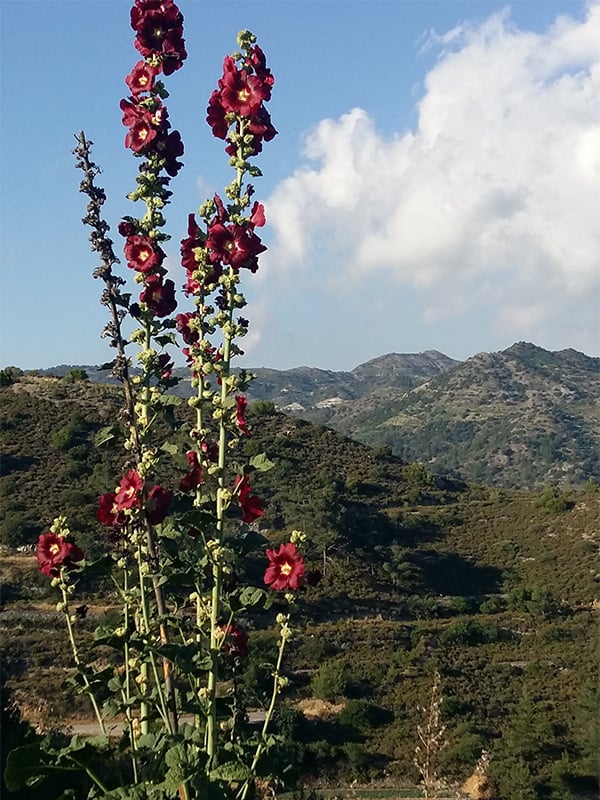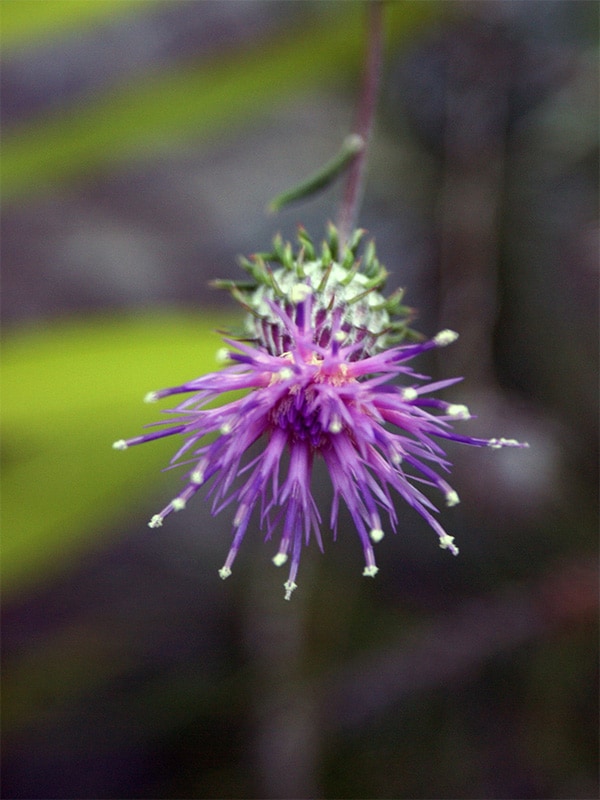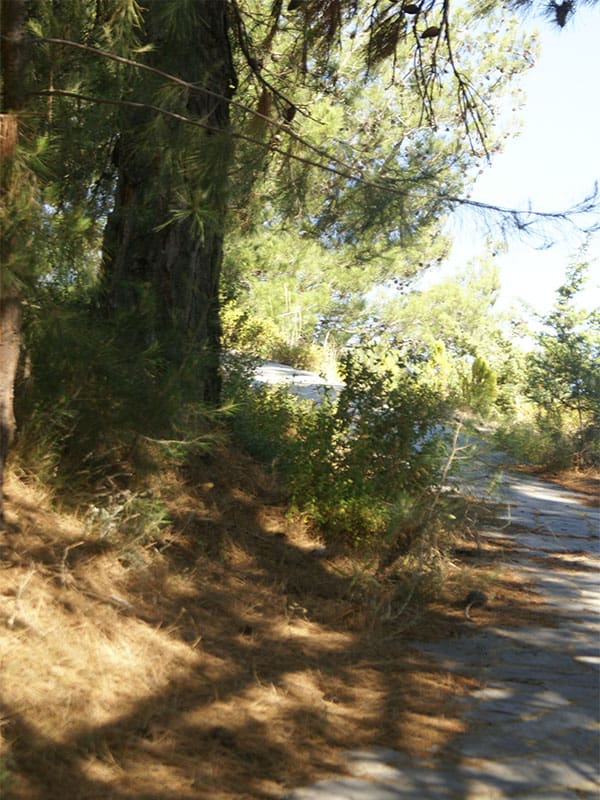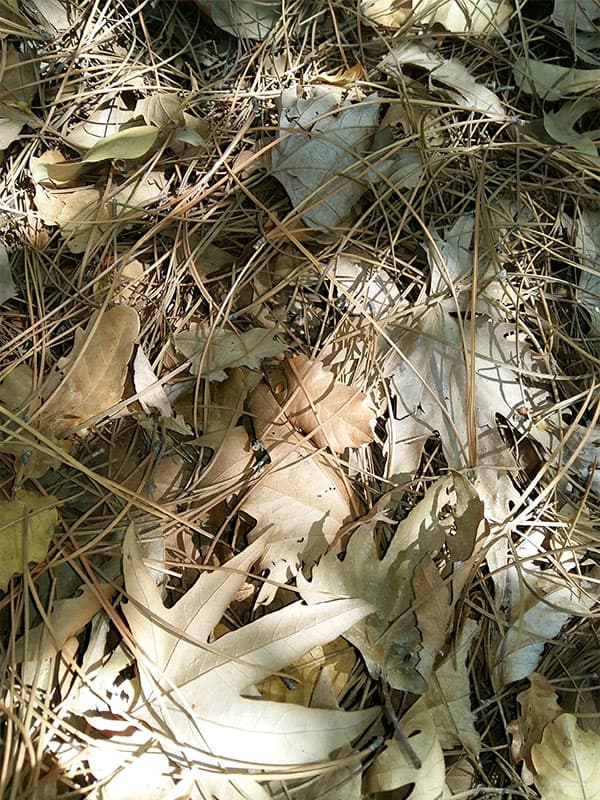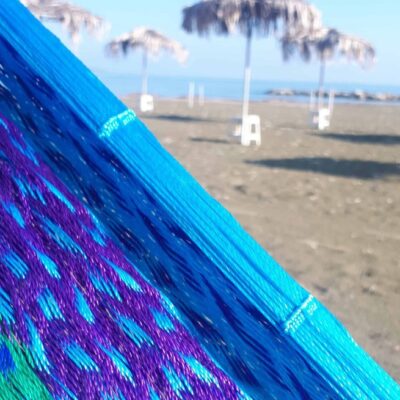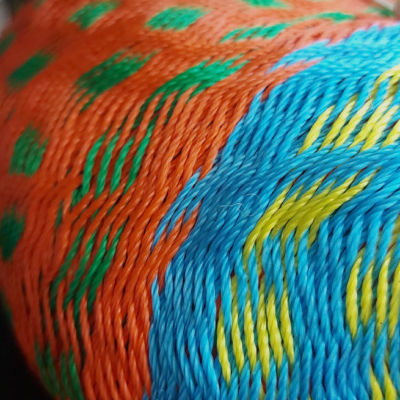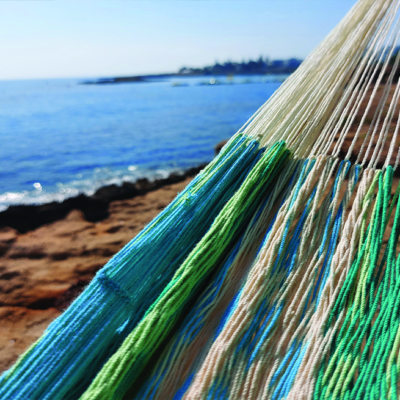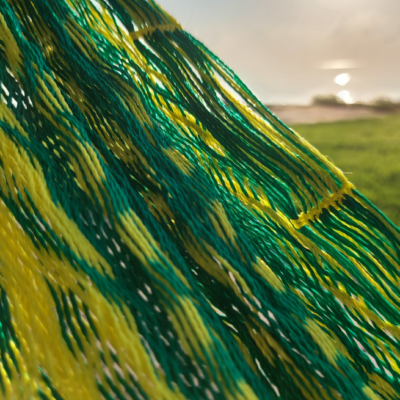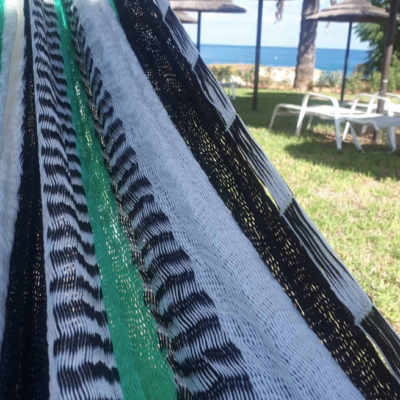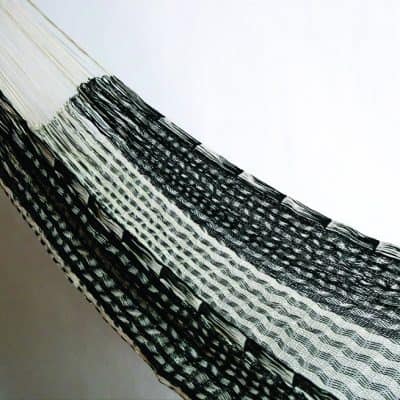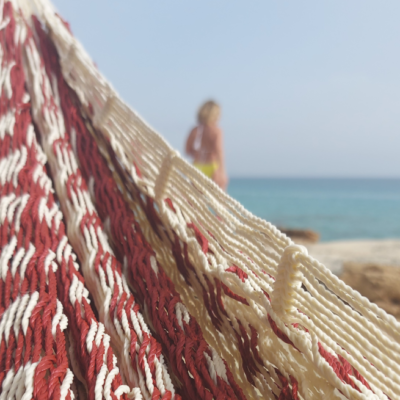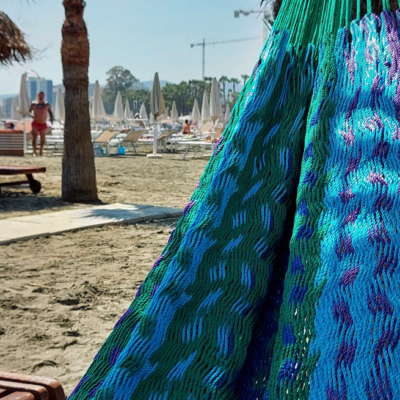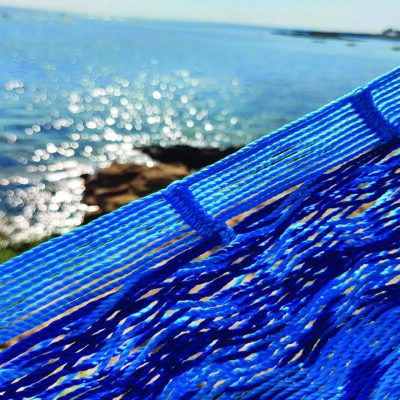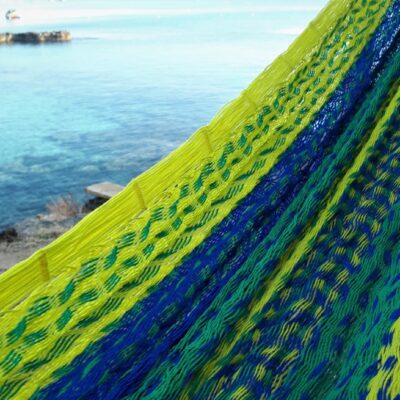Landscape
Venturing out towards the mountain regions of Cyprus is a pleasant change from the beach life. It appeals because it is a total contrast if you just want to get away and see a different landscape and breathtaking views. Pelendri would be a wonderful choice to change your perspective and a pleasing place for you to visit.
Pelendri village is located on the slopes of Troodos Mountain, a region called the Pitsilia Area. Its altitude is 880 meters above sea level.
The village name has several versions of its originality but they are all connected to the vegetation of the area that shows that it is a unique place when it comes to flora and landscape.
- Pelendri and Pelendria came from a plant that grew plentiful in the region and was named Felandrio
- In the area, a type of mushroom grows in abundance, which the inhabitants call Pelendro.
- Pelendri used to be called Polydendri because there were many trees in the region (dendro is tree in Greek)
The landscape has many tones of green from the different textures of vegetation, the pointing needles of the pines reaching for the sky combined with the Cupressus sempervirens which stand tall and regal. Walking through the forest looking closely at the flora, a blanket of pine needles on the ground and the smell of the pine trees gives a sense of one with nature and it definitely awakens your feeling of tranquility.
Flora
A tree that I admire for its attractive foliage which I came across is the Platanus orientalis or Oriental plane. This tree is from the Platanaceae family and is large deciduous trees that can grow up to 30 meters in height. It is a long-lived tree, it has widely spreading branches and spiky round fruits. It flowers between April and May.
Platanus orientalis
Pinus brutia
An evergreen tree which is drought resistant and withstands aridity and poor soils in the Mediterranean climate, it is indigenous to Cyprus. Troodos forest areas are covered with many of this species. It’s a long-lived tree which is easily propagated by seed.
Alcea setosa
Upon a high peak, a splash of colour was the wildflower Alcea setosa a perennial herb. We can see this Bristly Hollyhock along roadsides too. It is native to Crete, Syria, and Israel and is a great ornamental gem in the midst of the dry season.
Ptilostemon chamaepeuce
This delightful splash of purple amongst the trees is an evergreen shrub that flowers between May and June. You can find it amongst rocky slopes. It is endemic to Cyprus and it flourishes between the altitudes of 50-1600 above sea level. It can come across as a thorny shrub and not very attractive without its flower. It is truly ornamental when in bloom.
Ground cover
Pine needles
Pine needles have a thicker outer coating which is known as skin, when compared to leaves they have also a thick layer of wax for added protection. Having less surface area, thicker skin and a waxy coating pine needles do not let as much water to evaporate as leaves. In dry climates and cold winter like ours here in Cyprus, the pine trees survive because of its water conservation.
When pine needles fall to the ground they play an even more important purpose than just helping the tree survive. Freshly fallen pine needles will naturally interlock and create a natural mat of ground cover that prohibits weed growth, prevents soil erosion, disperses nutrients back into the soil. Nature at its best.
We were glad that we visited this part of the Island of Cyprus and hope that you take a journey too and adventure out and take a look at the landscape and enjoy the views. Let us know how you got on.

